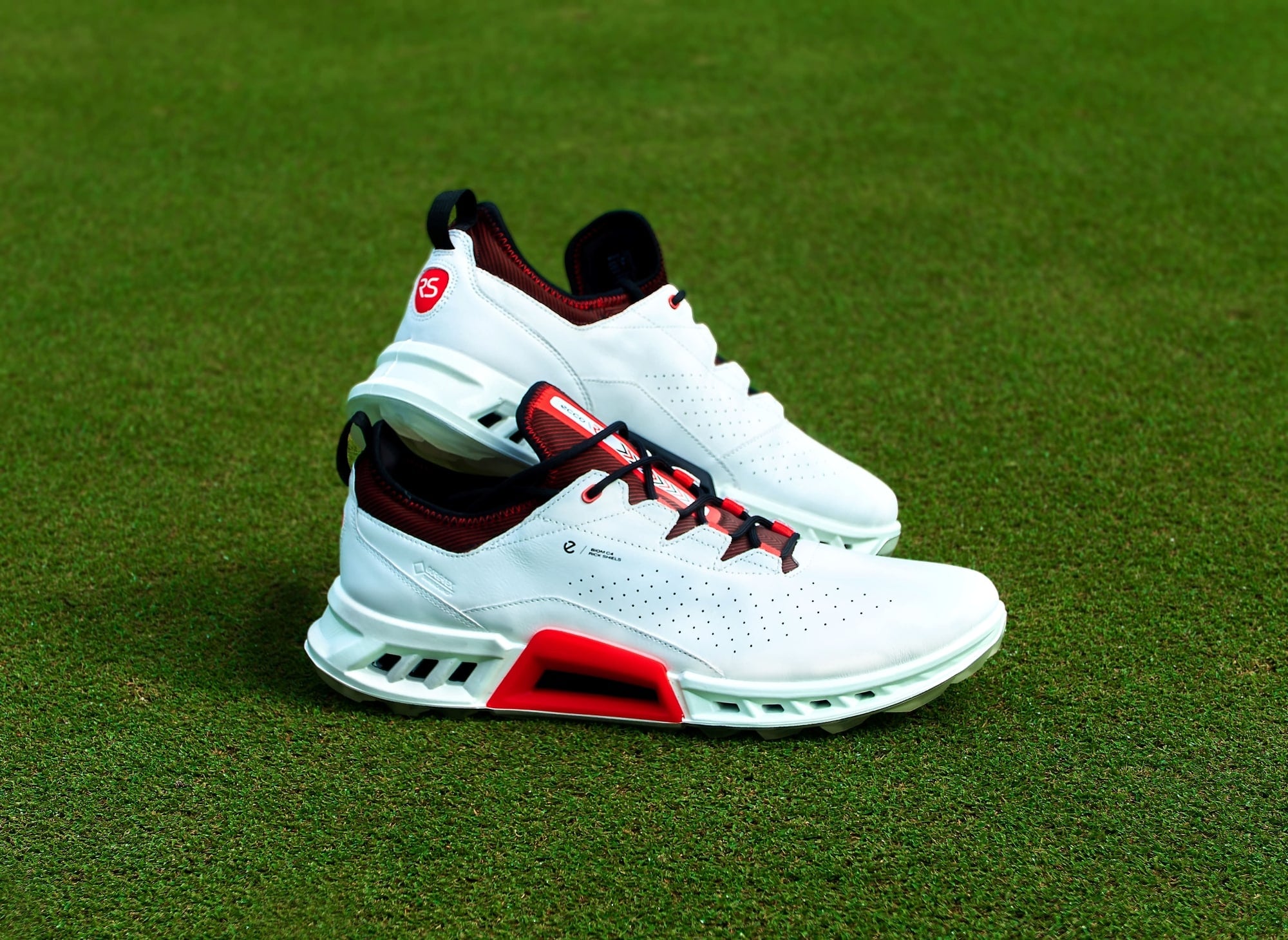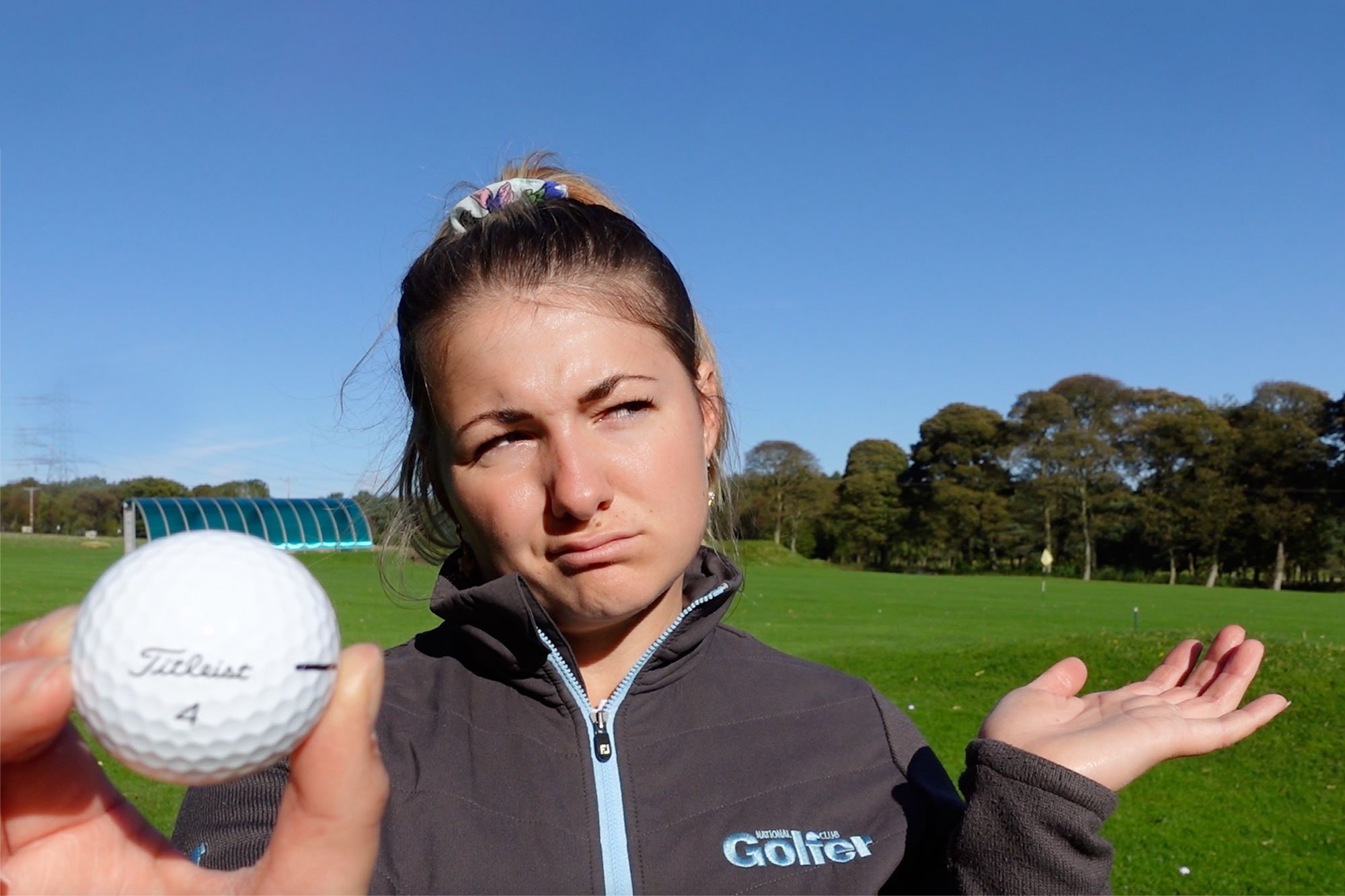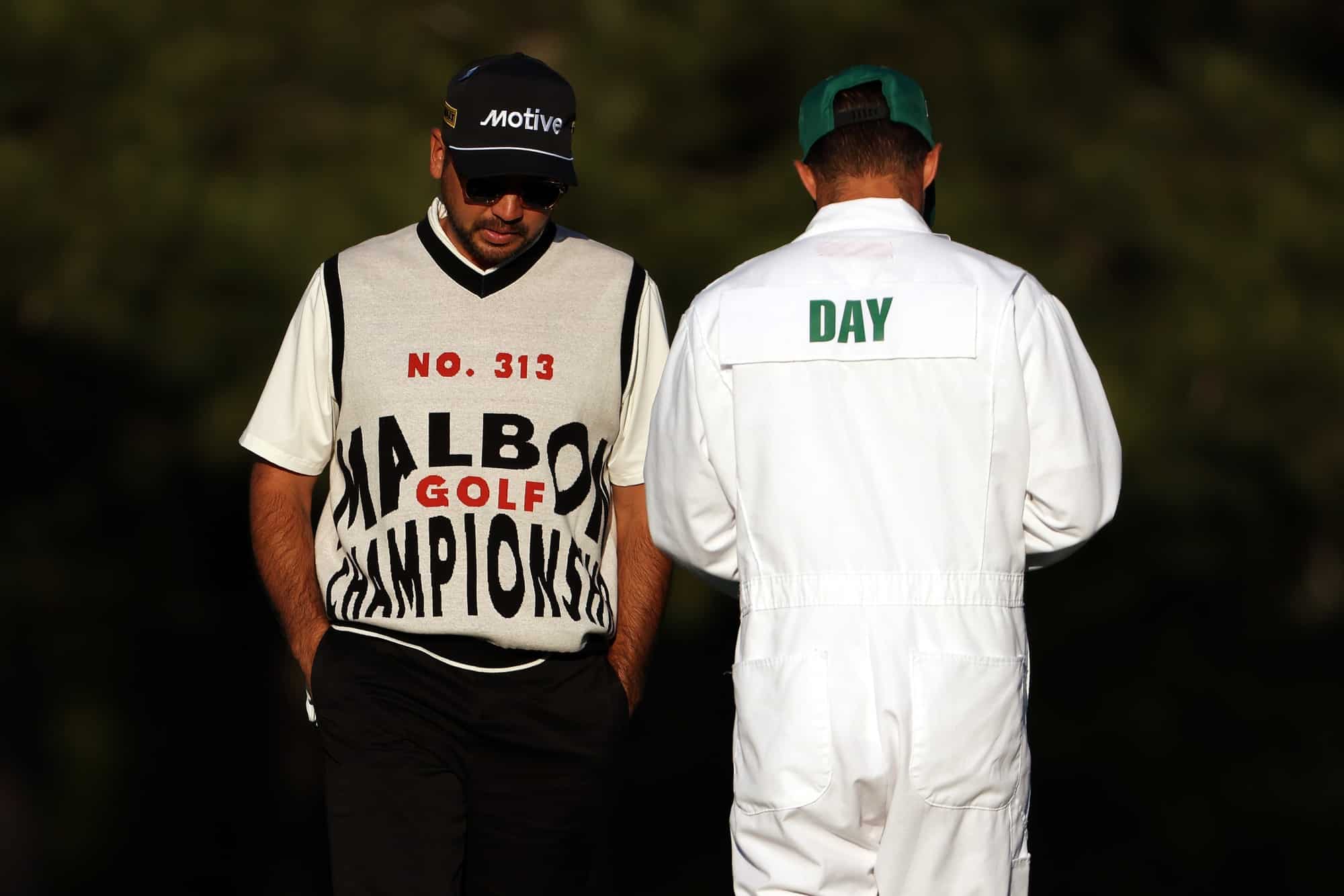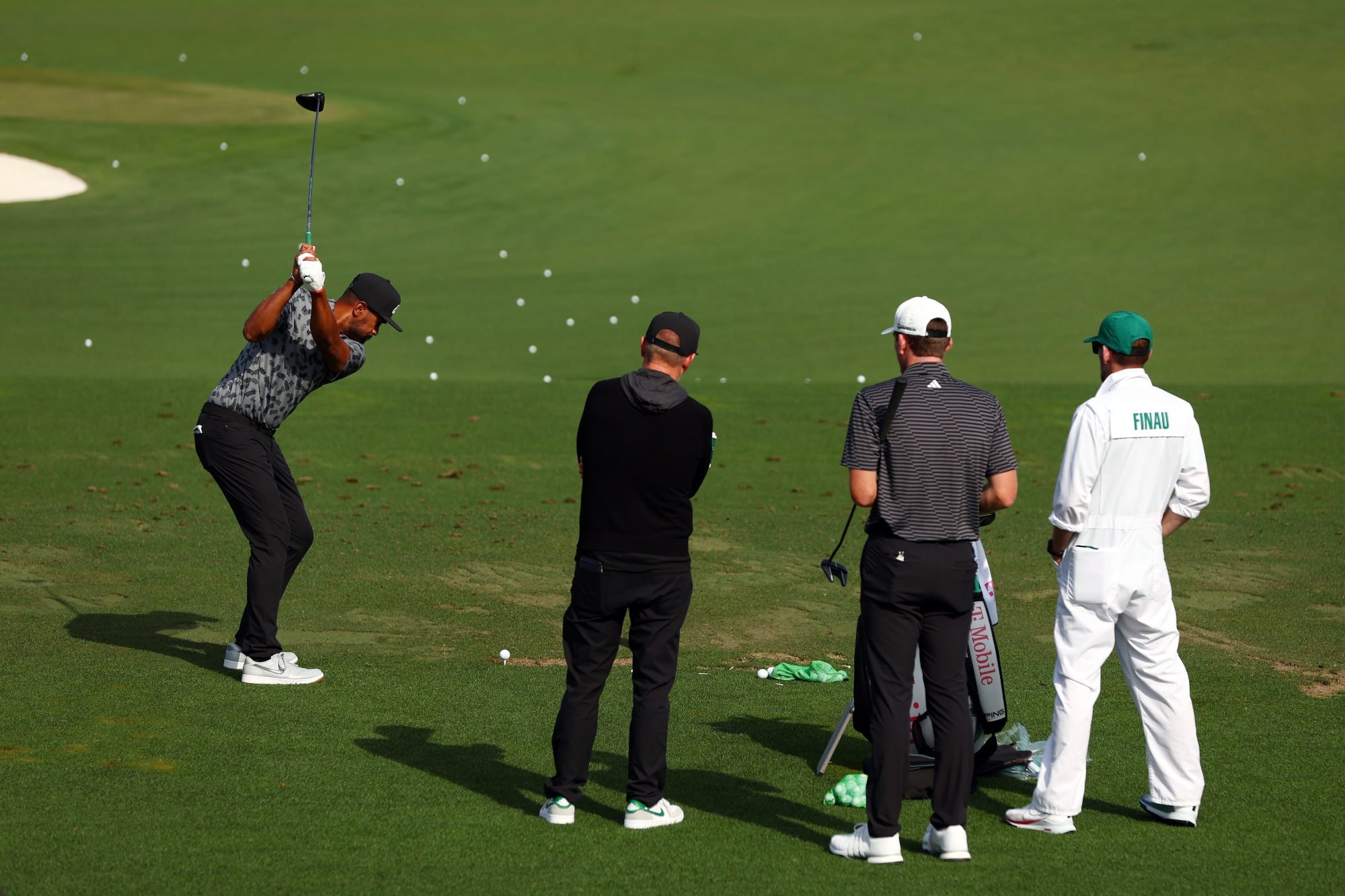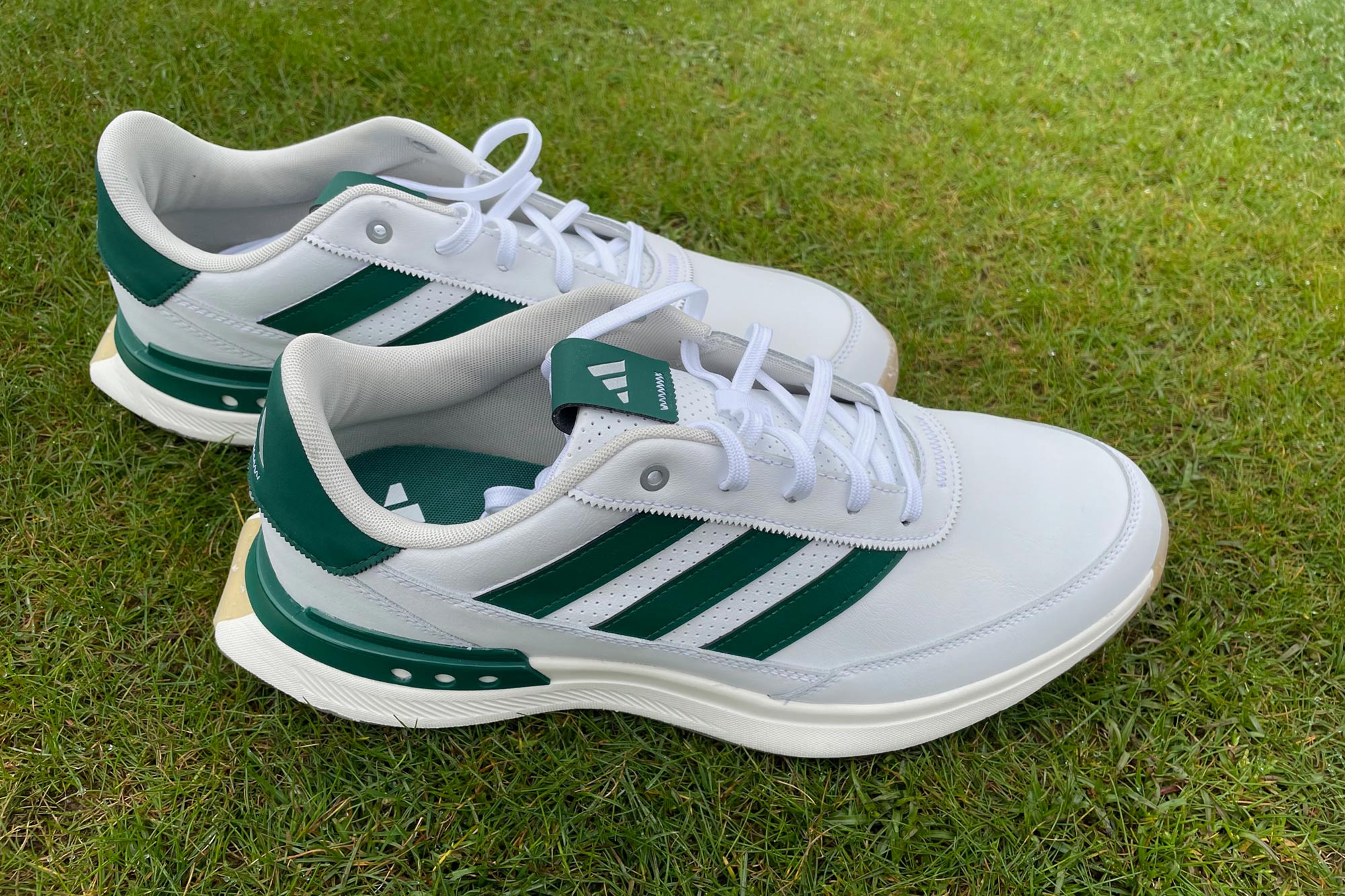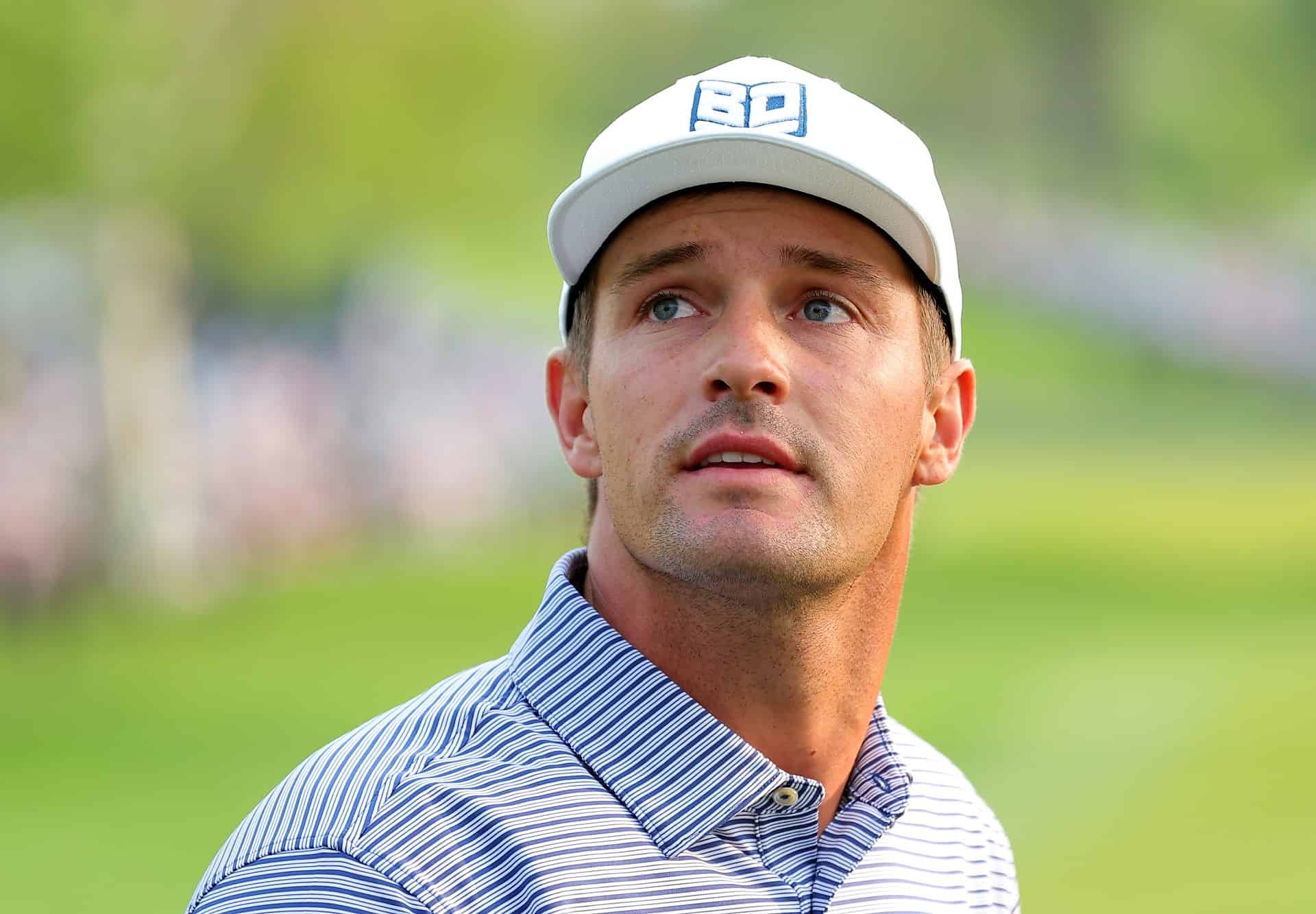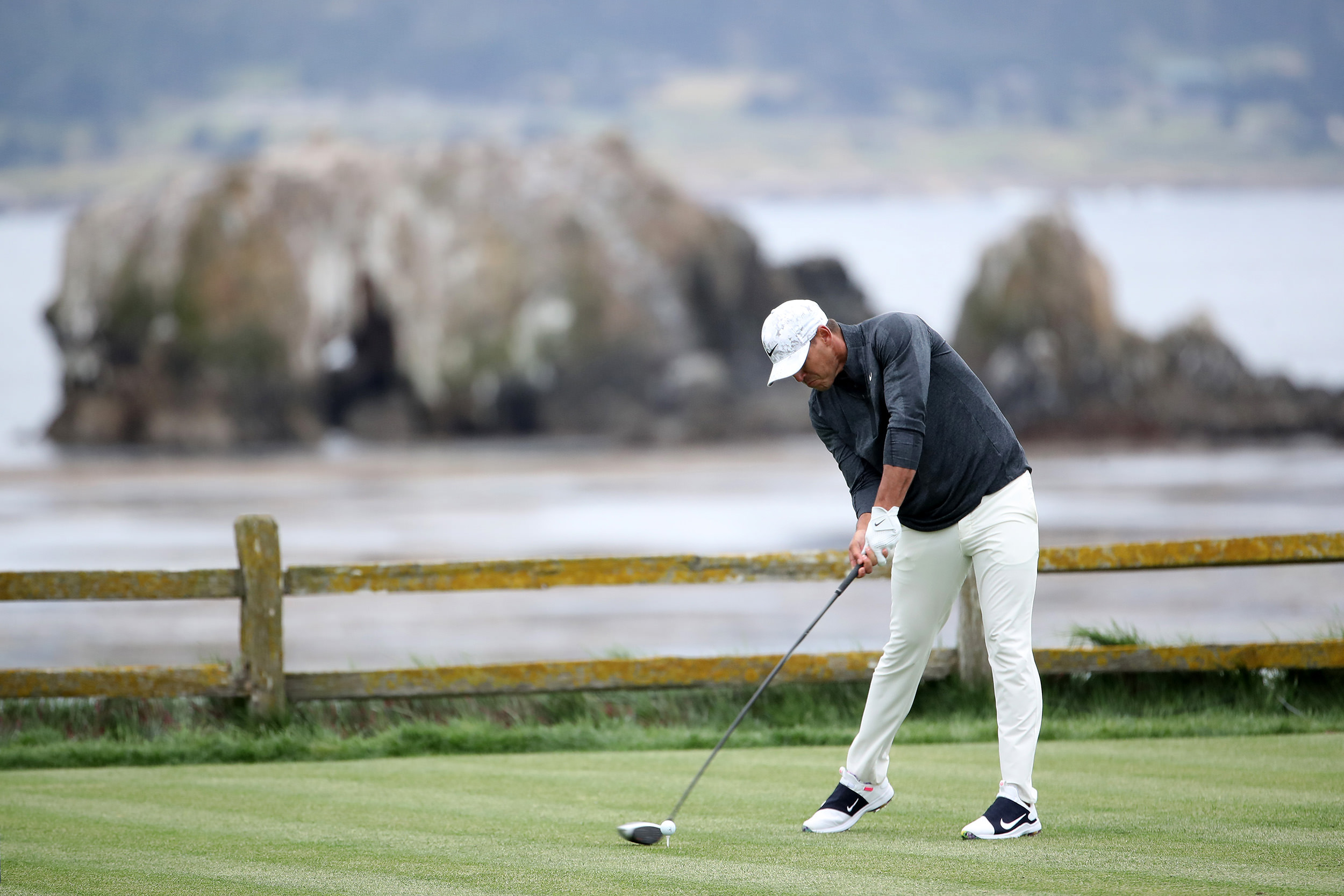
Will the R&A’s distance survey change golf as we know it?
“We recognise that some have the view that the governing bodies might have done more in addressing the implications of the continuing increases in hitting distances and course lengths.
“There are always uncertainties about the future, and an inherent part of our role is to incorporate the lessons of experience, continue to monitor and assess ongoing developments, and develop consensus on issues that should be addressed.
“Our views have evolved as events have unfolded and new information has become available, just as they may evolve in the future, and we believe that it is never too late to do the right thing for the future of the game.”
The words of the R&A and USGA, February 2020. (The italics are ours.)
Or, to put it another way, better late than never.
The R&A and USGA’s Distance Insights Report draws some startling conclusions both on the current state of the game and how they plan to shape golf’s future.
In 1995, says this golf distance survey, the average driving distance on the PGA Tour was 263 yards. In 2019, the average driving distance on the PGA and European Tours combined was 294 yards.
And the issue, the report says, extends well beyond professional golf. “For a course of, say, 6,000 to 6,500 yards, the issue is not about hosting elite male events, but about potentially losing the ability to attract and keep golfers who may come to perceive the course as too short from the longest tees.”
So what solutions are the game’s governing bodies proposing to this crisis following the publication of their golf distance survey?
- More on the golf distance survey: What does the report say?
- More on the golf distance survey: Why are the manufacturers made out to be the bad guys?
Almost certainly, it will involve bifurcation – in other words, different rules applying for one golfer to another. Specifically, tour pros, and possibly skilled amateurs too, being forced to use clubs that are less powerful and/or balls that do not fly as far.
“We will assess the potential use of a Local Rule option that would specify use of clubs and/or balls intended to result in shorter hitting distances,” says the golf distance survey.
Almost certainly, it will involve some kind of technological roll-back in the form of more stringent restrictions on the materials, designs and capabilities of both clubs and balls.
Almost certainly, the focus will be on equipment alone – even though the authorities acknowledge that this is only one of several factors in the distance elite players are hitting the ball.
The golf distance survey says: “This assessment should not focus on player-related factors that contribute to increased distance, such as improved athleticism and swing techniques, for the desire to improve is integral to the game and is to be encouraged.”
What we do not yet have is any kind of detail. We must wait for 45 days for “a more specific set of research topics” to be published. And then a year to conduct the research and to consult with, principally, the equipment manufacturers.
The Distance Insights Report, which comprises 102 pages, plus a 16-page conclusion, and is informed by 46 pieces of study and research, is stark and in places almost dystopian.
“Longer distances, longer courses, playing from longer tees, and longer times to play are taking golf in the wrong direction and are not necessary to make golf challenging, enjoyable or sustainable in the future,” the golf distance survey says.
And it concludes that: “Distances have been increasing for more than 100 years.” Currently, they estimate, the creep is a yard per year for the elite player.
They note that holes are no longer being played as the architect intended. And that “the increasing use of data analytics is affecting golfer strategies, with players concluding that it can be an optimal strategy to drive a ball as far as possible even at the expense of accuracy”.
Simultaneously, then, there is air of surprise, shock even, at discovering that “something is rotten in the state of Denmark”, as Marcellus puts it in Hamlet; and yet it the tone is often confessional, as though it is almost a relief to make public a long-held secret.
It isn’t as though the increasing distances that the skilled player can hit the ball have gone unnoticed by the wider golfing world.
The average golf course, the report acknowledges, was 5,450 yards at the start of the 20th century. Now it is 6,750 yards – or almost 25 per cent longer.
Granted, it is only in recent years that golf – and indeed the wider world – has begun to confront the realities of these bigger courses on the environment and issues of sustainability.
Quite what will transpire over the coming months and years is utterly unclear.
We know we’ve got a problem, the authorities are making clear in this golf distance survey, but we’re not sure what to do about it.
That’s in public at least – we can only presume that conversations have been taking place for some time now in golf’s corridors of power. Or perhaps not. The report could just as easily be read as a plea for consensus to avert a crisis.
For decades, there have been veiled threats of lawsuits from the equipment manufacturers should the authorities act without due consideration. It wouldn’t be easy to sell new clubs and balls without the promise that they will out-perform, even modestly, the current versions.
Nor have the major tours expressed any enthusiasm for neutering the players in any way. They believe that the power of the modern player is very much part of the appeal of their product.
Will they now work together with the lawmakers or enter into conflict with them?
Then there is the practical application of bifurcation, even once the principal has been established that, suddenly, one golfer’s heroic par on the Road Hole at St Andrews is not worth the same as another’s.
Let’s not forget that each of the four majors is run by a different body (The Masters run the Masters, the PGA of America run the PGA, the USGA run the US Open and the R&A run the Open).
The fifth major, the Players Championship, belongs to the PGA Tour. The Olympics, which will arguably become as important as any tournament in the coming years, is the IOC’s.
Could there be a return to the days in the 20th century when players could use different equipment depending on which major they were playing in? For years it was permissible to use a smaller ball in the Open than it was in the American majors.
And where does this start and end? Will it become the distinction between professional and amateur golf? Or between club golf and elite (with ‘elite’ meaning top-level amateur and pro golf)? Might Category 1 club players use different equipment to the higher handicappers?
Finally, there is a fear that the humble club golfer, on whom the game relies, is going to be punished for the ‘crimes’ of the elite player. Despite the game being too hard and expensive for many of us as it is, will we be told one day soon that our increasingly helpful equipment is now illegal?
Perhaps all this explains why the authorities have been so reluctant to act – until now.
“In summary, we believe that golf will best thrive over the next decades and beyond if this continuing cycle of ever-increasing hitting distances and golf course lengths is brought to an end, ” reads the golf distance survey.
“In reaching this conclusion, our focus is forward-looking with a goal of building on the strengths of the game today while taking steps to alter the direction and impacts of hitting distances in the best interests of its long-term future.”
The question is, are they too late and will their intervention work in the game’s favour?
Is it too little too late? Let us know in the comments below or you can tweet us.
Dan Murphy

Dan loves links golf, which doesn't mean he is very good at it. He is a four-handicapper at Alwoodley. A qualified journalist and senior editor with 25 years’ experience, he was the long-time editor of NCG. His passion is golf courses and he is the founding editor of NCG Top 100s course rankings. He loves nothing more than discovering and highlighting courses that are worthy of greater recognition.


